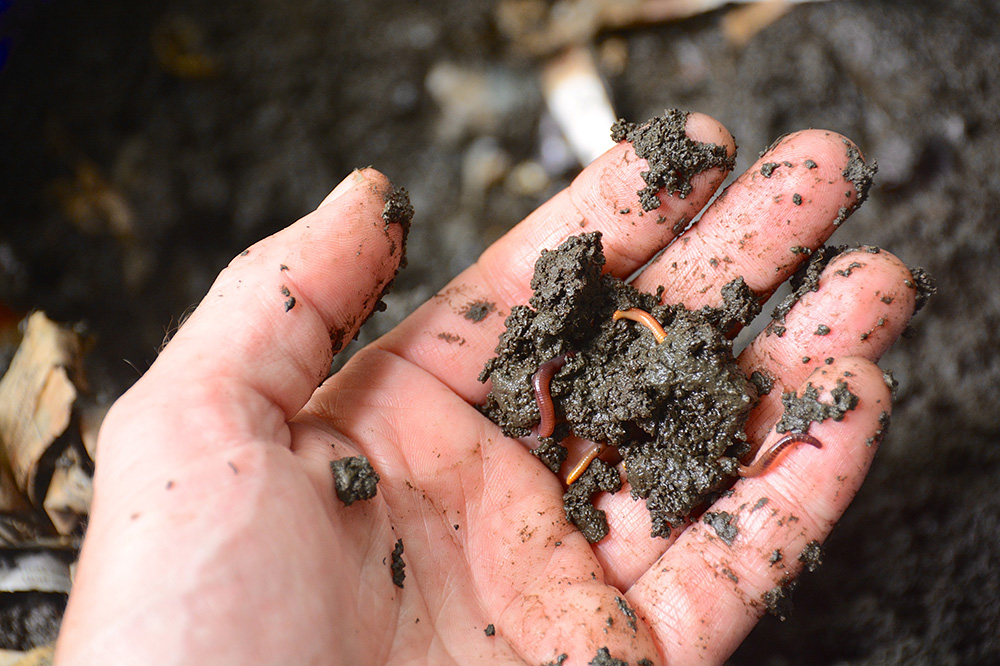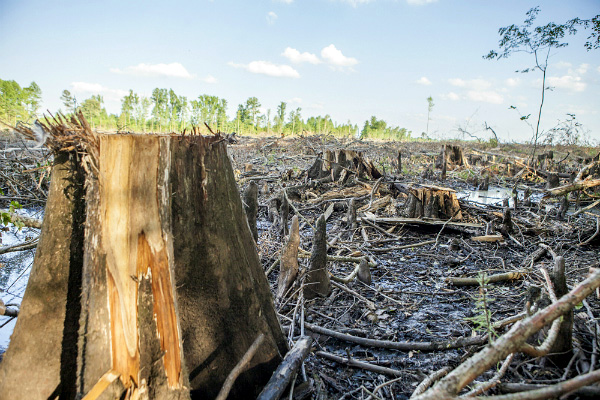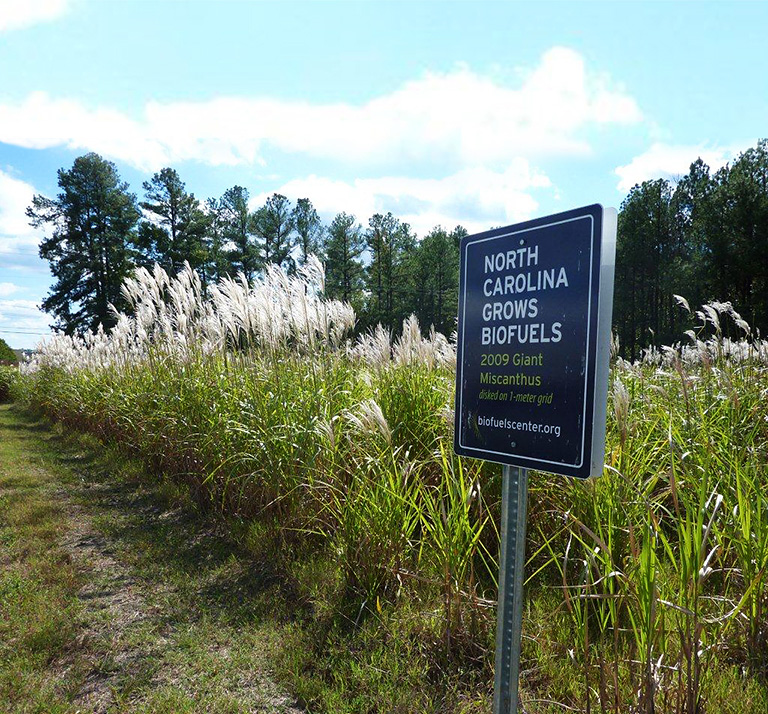Cleaning Up Coal Ash
For well over a century, power plants across the country have burned coal to generate electricity. And for just as long, leftover coal ash has been dumped in open, unlined pits near the power plant, usually located on a river or lake. Every year, U.S. power plants produce 130 million tons of coal ash, which is the second largest waste stream in the country after municipal garbage.
Coal ash concentrates the toxic heavy metals found in coal, including arsenic, mercury, lead and selenium. Stored in unlined, wet impoundments, coal ash has been leaking these toxics into our groundwater and surface waters for years. Sometimes these impoundments collapse — with disastrous results.
Yet government regulations for coal ash management are either non-existent or sparse, and there is little enforcement of the regulations that do exist. In North Carolina, this lack of oversight — and the complicity between state regulators, elected officials and Duke Energy — came to a boiling point in February 2014 when one of Duke’s coal ash impoundments spilled 39 million tons of ash into the Dan River.
Citizens living near North Carolina’s 33 coal ash impoundments — all of which have leaked — have fought for transparency from Duke and the state, and for cleanup of the pollution that threatens their property value, health and family. Their actions forced this issue into the headlines of news networks and to the forefront of environmental justice conversations in the United States.
Appalachian Voices stood with these communities as we worked for years to compel Duke Energy and the N.C. Department of Environmental Quality to excavate coal ash from all the North Carolina sites and dispose of it either in lined, dry landfills, away from waterways, or by recycling it for concrete or other uses, provided it’s done in a manner that protects public health and the environment.
On Jan. 2, 2020, North Carolina announced a historic settlement with one of the state’s most powerful corporations and polluters, Duke Energy. The settlement requires Duke to move nearly 80 million tons of toxic coal ash at six of its power plants to properly lined landfills onsite or recycle it.

Learn information about specific coal ash impoundments in the South, including health threats and safety ratings:
Additional Resources
Fact sheets, videos, links to academic research, and more
Sign Up to Act
Help us protect the health of our communities and waterways.
Latest News
Teri Crawford Brown- Conservation Starts at Home
Teri Crawford Brown, a volunteer distributor of The Appalachian Voice, and her husband have transformed a century-old church into a welcoming home and repurposed salvaged materials in the process.
Rebukes, a resignation and more reasons to worry about coal ash in NC
Where does the war of words over coal ash health advisories leave North Carolinians with contaminated drinking water? Exactly where they were before: as distrustful of DEQ and DHHS as they are of their water’s safety. But in the battle between state employees and the McCrory administration, residents are clear on who they trust.
Vermicompost: Let earthworms green your kitchen
Vermicomposting relies on earthworms to turn kitchen scraps into a rich soil amendment more quickly and with less odor than conventional composting methods.
Voter Turnout in the Mountains
Voter turnout for presidential elections has been consistently lower in Appalachia than in the rest of the nation since at least 2004, according to scholars.
Burning Southern Forests to Fuel Europe
The global push for “green” energy has led to clearcutting across the Southeast, where forests are being harvested to fuel Europe’s — and particularly the United Kingdom’s — push to use alternative fuels.
Fueling Cars with Plants- A test case in North Carolina
Though biofuels are most common in the Midwest, the state of North Carolina delved into biofuels research in 2007 before slowing research in 2013. Thus far, the venture hasn’t yielded much success.











